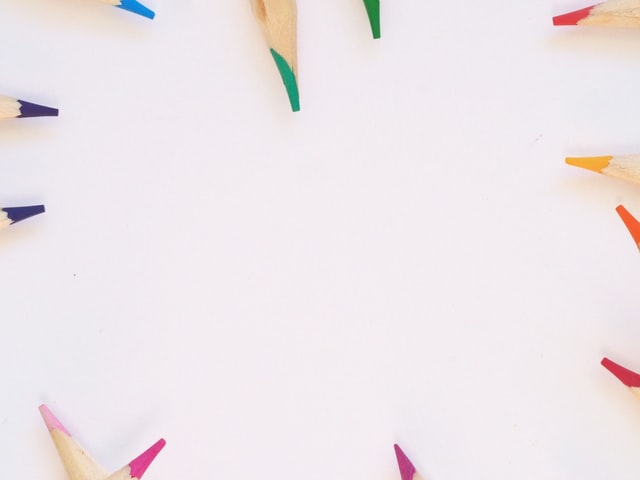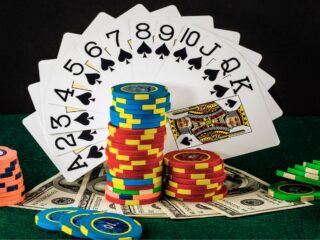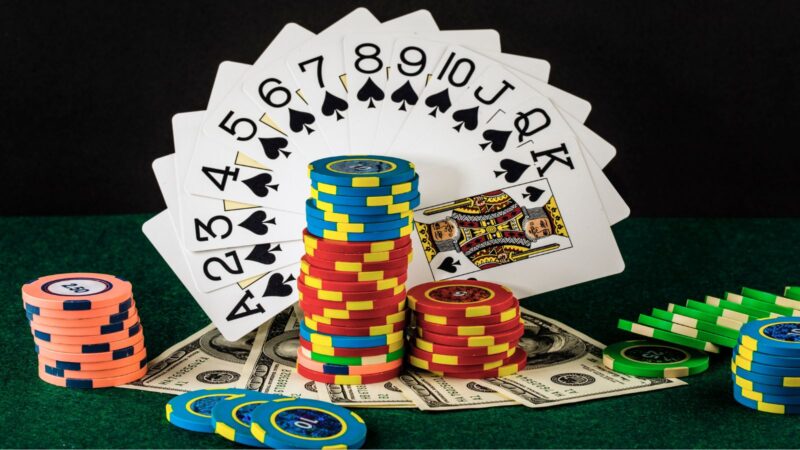
Color schemes that are made up of two complementary color pairs. They’re almost like the standard complementary color schemes, in that they “share” one common color, BUT unlike regular complementary schemes, they have an extra pop of contrasty accent color to really make things interesting.
This is what makes double complements so awesome! You get all the rich contrasts of complementary color schemes, but with twice the number of colors to work with. This means more flexibility and opportunities for creativity.
What does red and violet make?
Red and violet are not from the same family, but from complementary families. Violet is in the purple/blue family while red is a warm color. They make brown.
What does green and red make?
Green and red make yellow-green which is a tertiary color . This combination makes a lot of sense when combined with another secondary color. These are orange, blue and purple.
What does green and orange make?
Green and orange make yellow-green which is a tertiary color . This combination makes a lot of sense when combined with another secondary color. These are orange, blue and purple.
What does red and blue make?
Red and blue make gray which is a neutral color. These two colors are not complementary, but they are double complements because you have 2 pairs of complimentary colors.
What does blue and orange make?
Blue and orange make gray which is a neutral color. These two colors are not complementary, but they are double complements because you have 2 pairs of complimentary colors.
What does blue and violet make?
Blue and violet make gray which is a neutral color. These two colors are not complementary, but they are double complements because you have 2 pairs of complimentary colors.
How to use Double Complementary Color Schemes
When using a double complement scheme, first pick a base color that will be your anchor color. Then, select another primary color that will be the first half of the double complement scheme. And finally, pick a third primary color that is used as an accent or highlight to really bring out the contrast in your design.
This fantastic little arrangement uses orange and blue together with gray for subtle contrast while maintaining harmony between each hue.
For this specific color scheme, the base color is orange. The first complementary color pair is blue and gray which are used as accents. And finally, the second complementary color pair is green and violet (you can’t really see the green though).
What are complementary colors and how do they work together?
Complementary colors are those that sit opposite each other on the color wheel. When you stack them together, they neutralize one another and create a gray color as shown below.
Colors that sit across from each other on the color wheel are complementary colors and they make each other look more intense when used together as shown above (this is called “color contrast”). This increases the visual interest of the color scheme and helps to draw attention. These schemes tend to be very high contrast and can sometimes even create vibrance when used together.
How to use color theory in your design work
Complementary colors are those that sit opposite each other on the color wheel. When you stack them together, they neutralize one another and create a gray color as shown below. Colors that sit across from each other on the color wheel are complementary colors and they make each other look more intense when used together as shown above (this is called “color contrast”). This increases the visual interest of the color scheme and helps to draw attention. These schemes tend to be very high contrast and can sometimes even create vibrance when used together.
Conclusion
In this article, you learned how to use complementary color schemes in your design work. These combinations make a lot of sense when used together and can create some great contrast within your designs. So remember… If you need to choose colors that go nicely together, start with one base color and then pick 2 complementary pairs (primary colors).












